I thought I had to join a gym and cut carbs to get fit – but all I needed to do was visit my husband’s friends in Norway.
Man do those Norwegians know how to eat healthy and exercise!
I say exercise because that’s what I call it when I notch up steps on my fitness watch and summon the will power to do an aerobics class.
The Norwegians may not have a word for exercise because for them, walking for miles, skiing, kayaking and general physical exertion is just daily life.
How a mum-of-three had the strength to push Yours Truly up a slight slope on skis is beyond me.
But then she had no choice – I was screaming in terror as I slid backwards and was frightening the wildlife.
They say Norwegians are born with skis and during this Easter holiday, children as young as three were zipping past me.
This wasn’t a fancy resort, simply a snow-covered field at Budal, Trondelag, where we stayed with friends in their century-old cottage.
Many Norwegians have such cottages, handed down through generations, lovingly maintained and cherished.
Man do those Norwegians know how to build houses!
The open air folk museum in Oslo has timber houses dating back to 1650, all still structurally sound and able to keep heat in and weather out.
Second properties are a home away from home, visited on high days and holidays and full of family memorabilia – a grandfather’s cabinet here, old photographs there.
It’s a far cry from the Airbnb/investor mentality we’ve seen in Scotland, where properties anywhere picturesque are snapped up as buy-to-lets, with only profit in mind while buyers who wish to make a permanent home are priced out of the market.
Investment-wise, Norway played a blinder by establishing its government pension fund to invest surplus revenue from the petroleum sector, currently worth around £200,000 per Norwegian citizen.
The Oil Fund’s task, says Norges Bank which manages it on behalf of the Norwegian people, “is to ensure our common wealth lasts as long as possible”.
As for how it is managed, “there is broad political agreement” on that – now isn’t that a refreshing notion?
Norwegians also excel at making chocolate, brewing beer, decorating, entertaining, respecting nature, earning good money, appreciating simple pleasures and staying connected to family.
BeReal is a popular app which prompts people once a day and at any moment to share photos of their real lives and without modification.
It’s an uplifting and fascinating snapshot of reality and the antithesis of airbrushed, carefully-selected and self-conscious social media posts.
Instead of worrying about living their best lives, the Norwegians I met are living their lives, which by virtue of their lifestyle choices, amounts to the same thing.
Family, parenthood, humanity and emotion are celebrated beautifully in Oslo’s Vigeland Park, where sculptures range from amusing to heart-wrenching.
A dad runs out of hands to carry four children and balances one on his foot; a mum carts two kids on her back as they use her plaits as reins.
Sinnataggen, or Angry Boy, depicts an irate toddler, although what he has to cry about in this incredible country beats me.
It’s certainly not the trains, because short of taking the Orient Express, I doubt a more luxurious rail service exists.
Seven hours from Trondheim to Oslo in economy class were over too quickly owing to the fabulous views, hot chocolate and retro buffet car.
Having run out of time before the trip, I did something I’ve never done before which is rock up to a country without speaking a word of the language.
There was no language barrier though, because even the three-year-old skier spoke English when required.
The only time I felt like I wasn’t making myself understood was when I tried to explain why some people enjoy Walt Disney World.
Although theme parks didn’t appeal, everyone I met had travelled the world and studied extensively.
I left having learned so much, and apart from the niggling worry that I’m a podgy, poor, underachieving snowflake, I have returned with lots of exciting ideas and a deep affection for Norwegians.
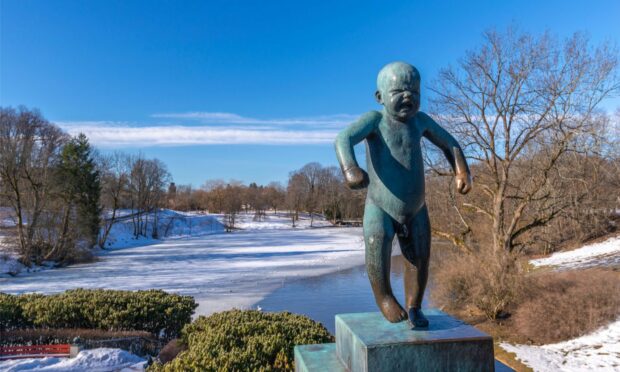

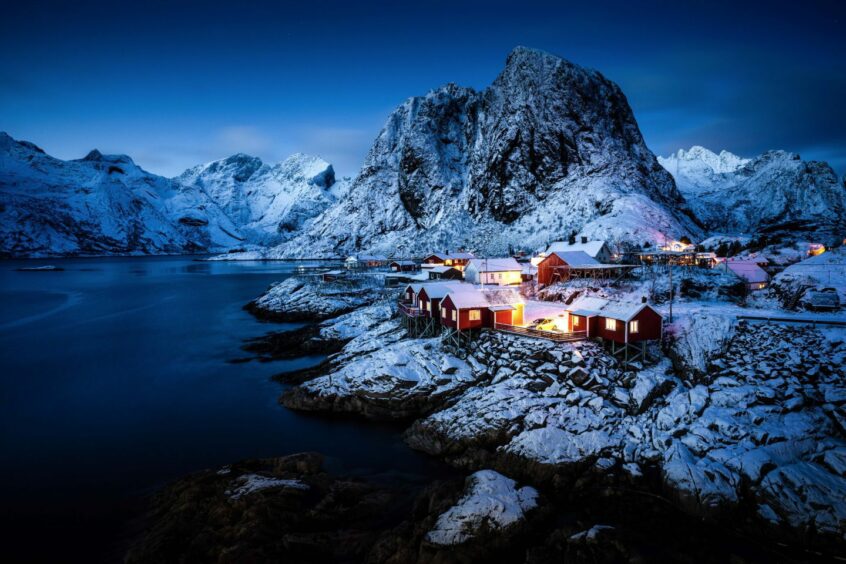
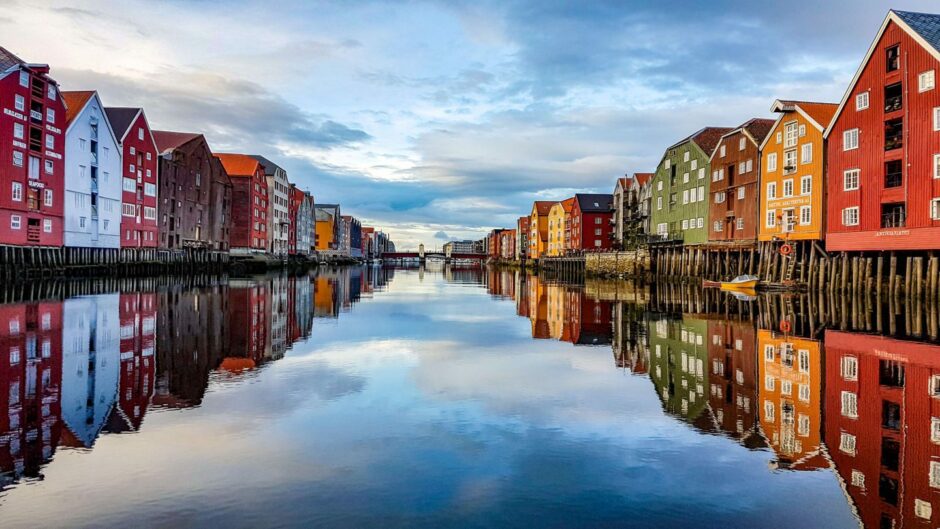
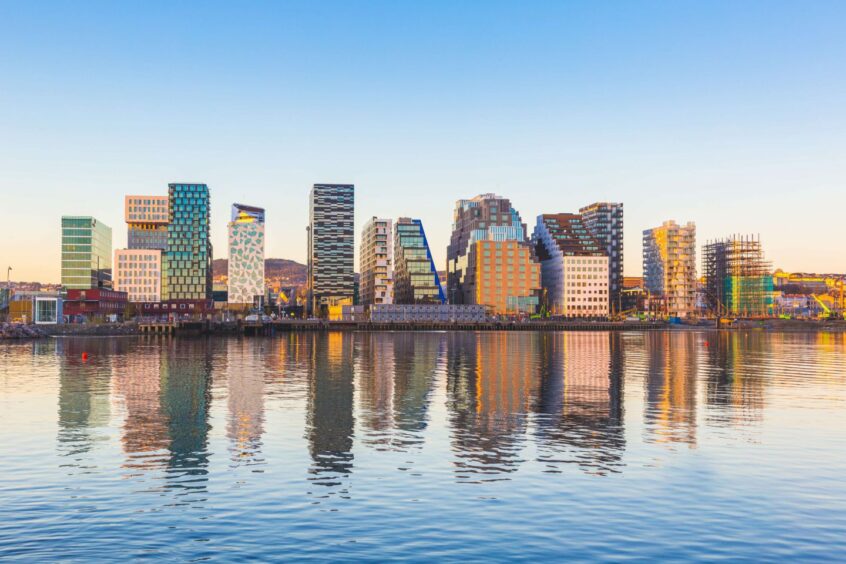
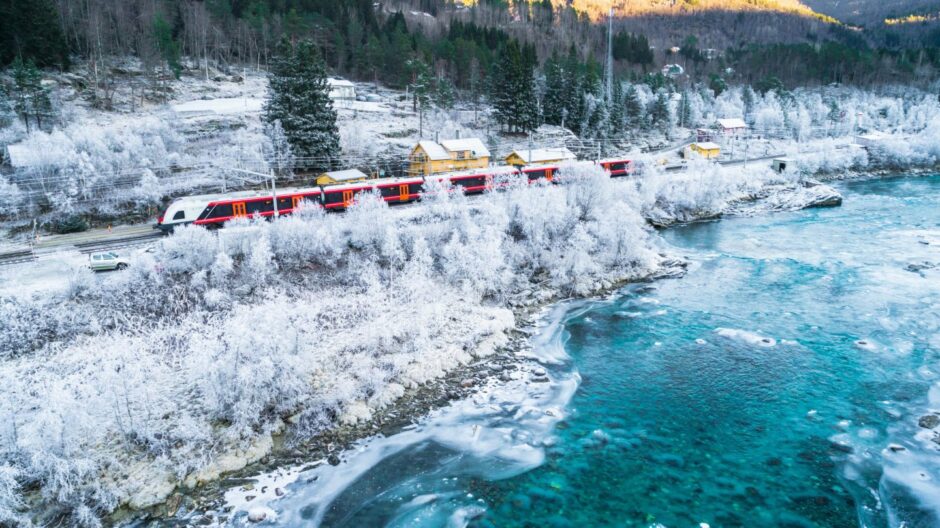
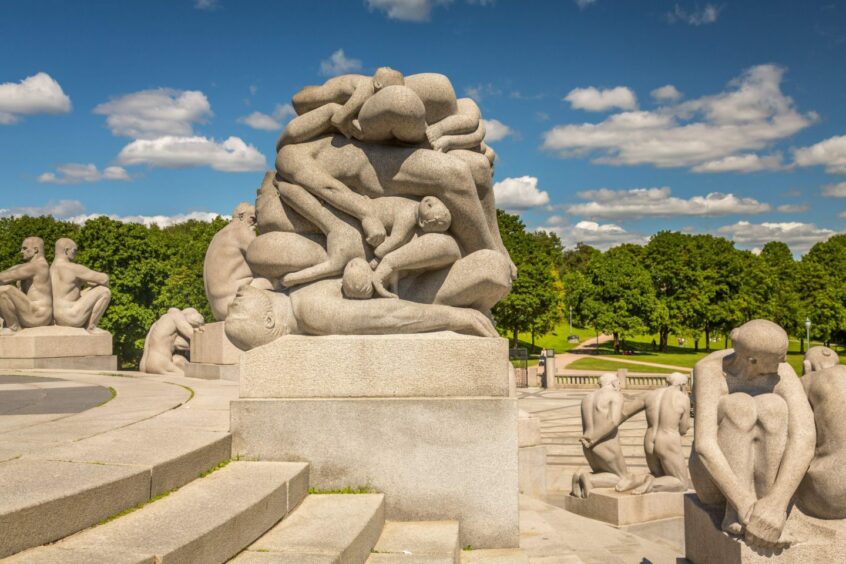
Conversation